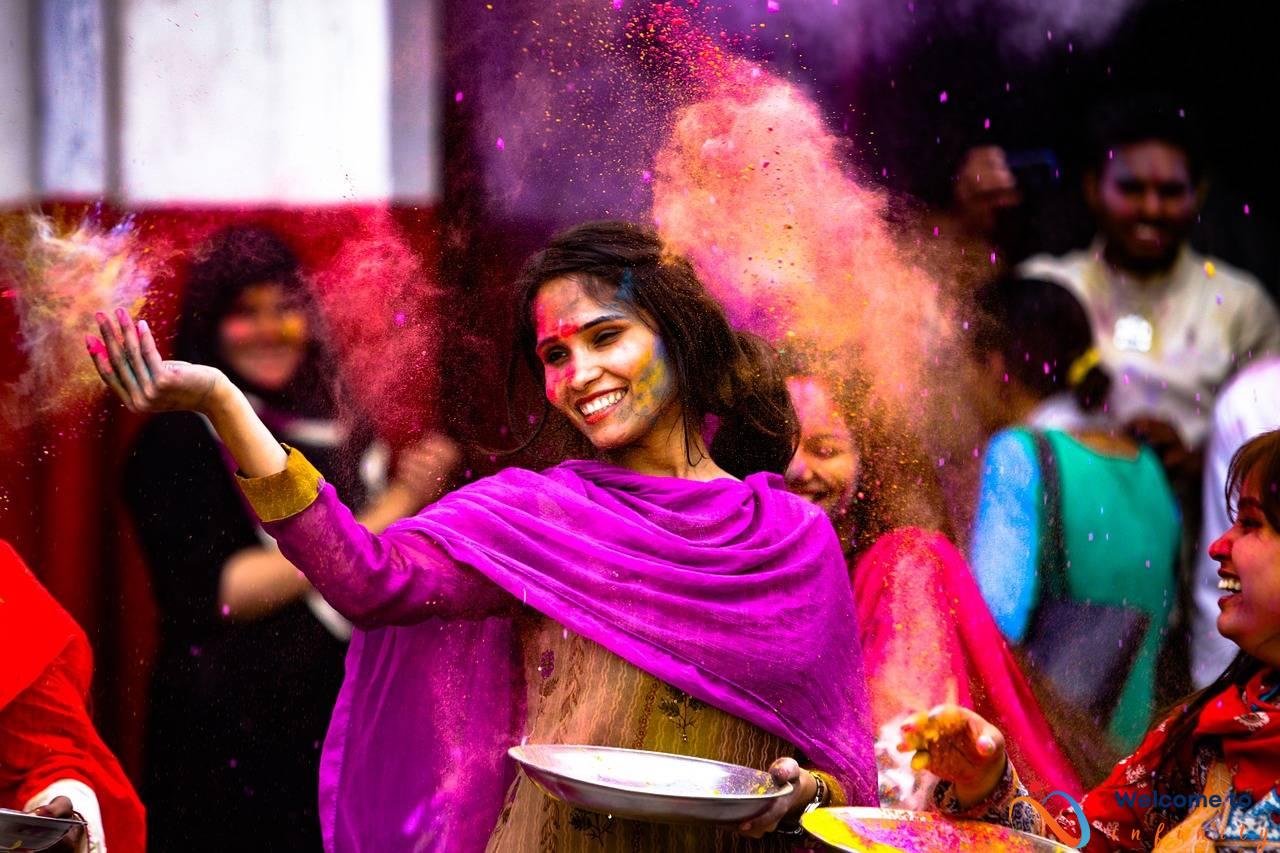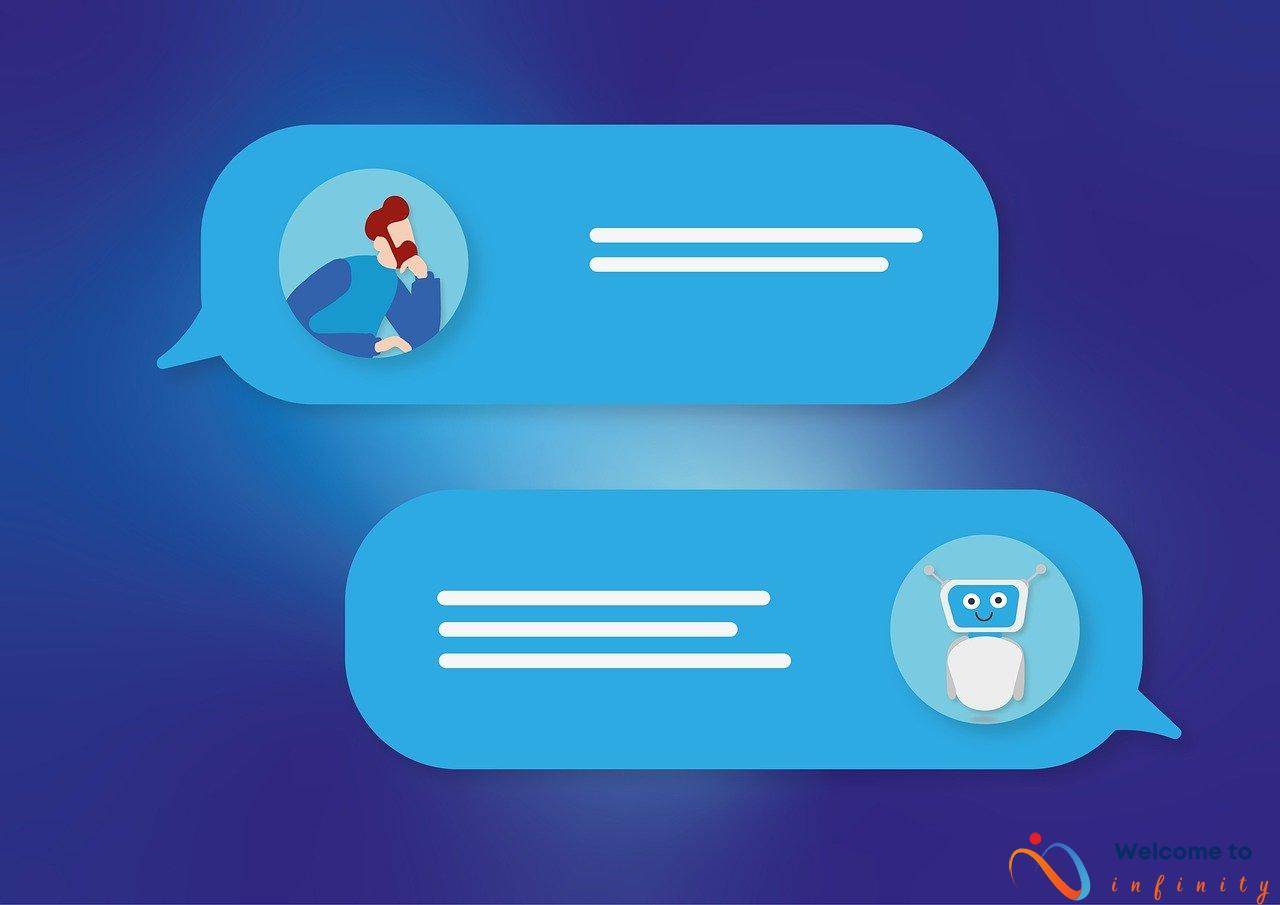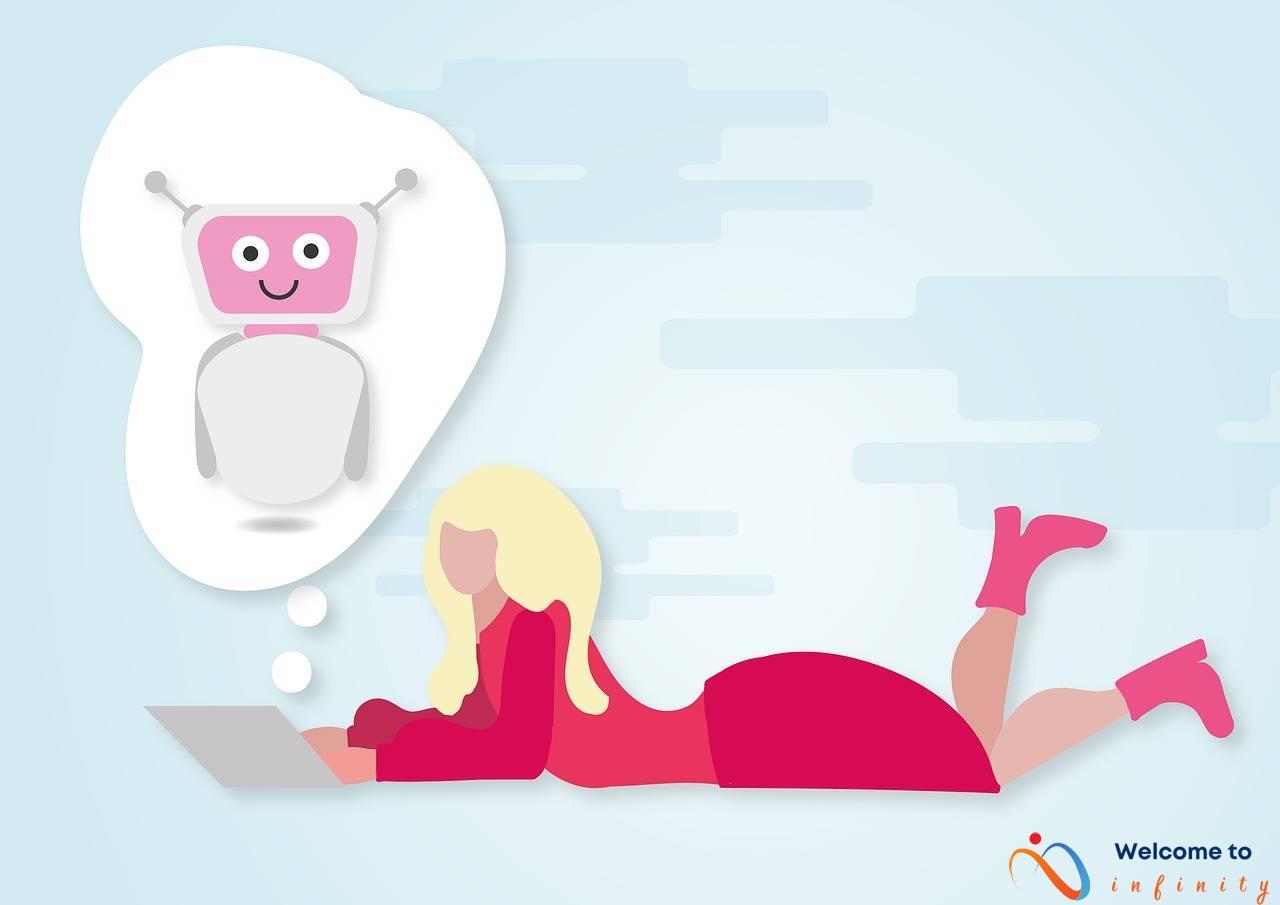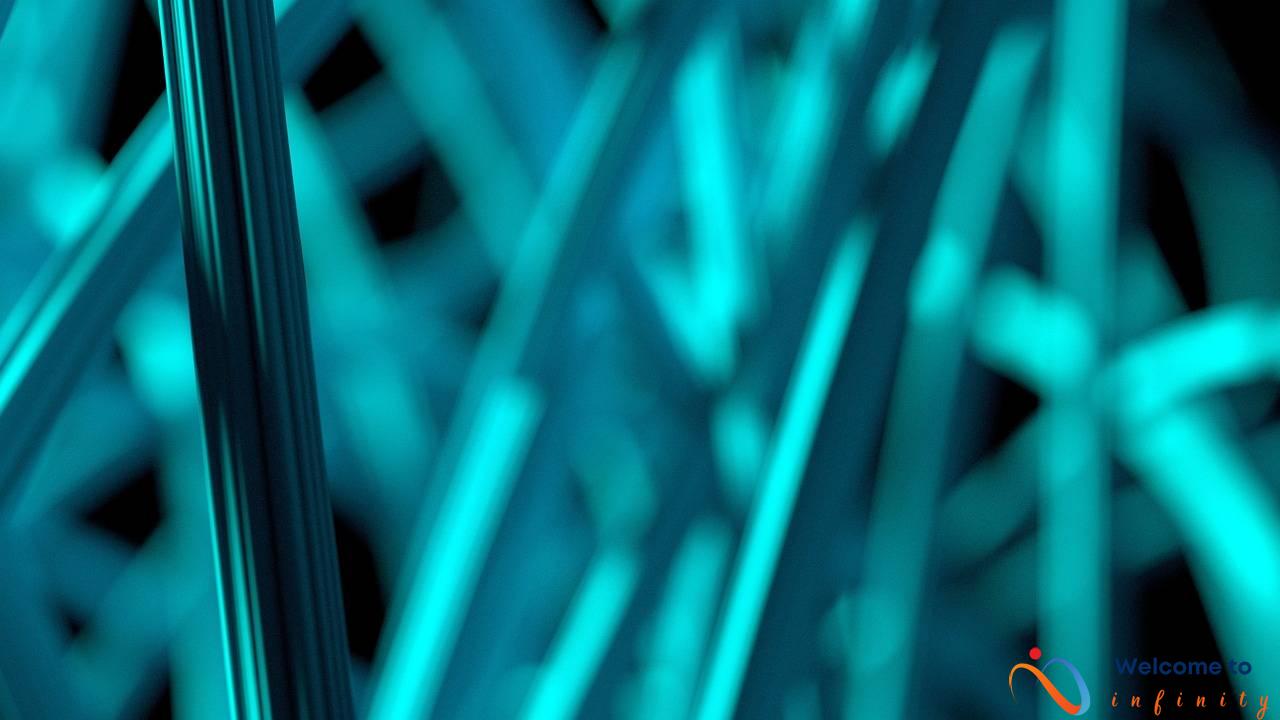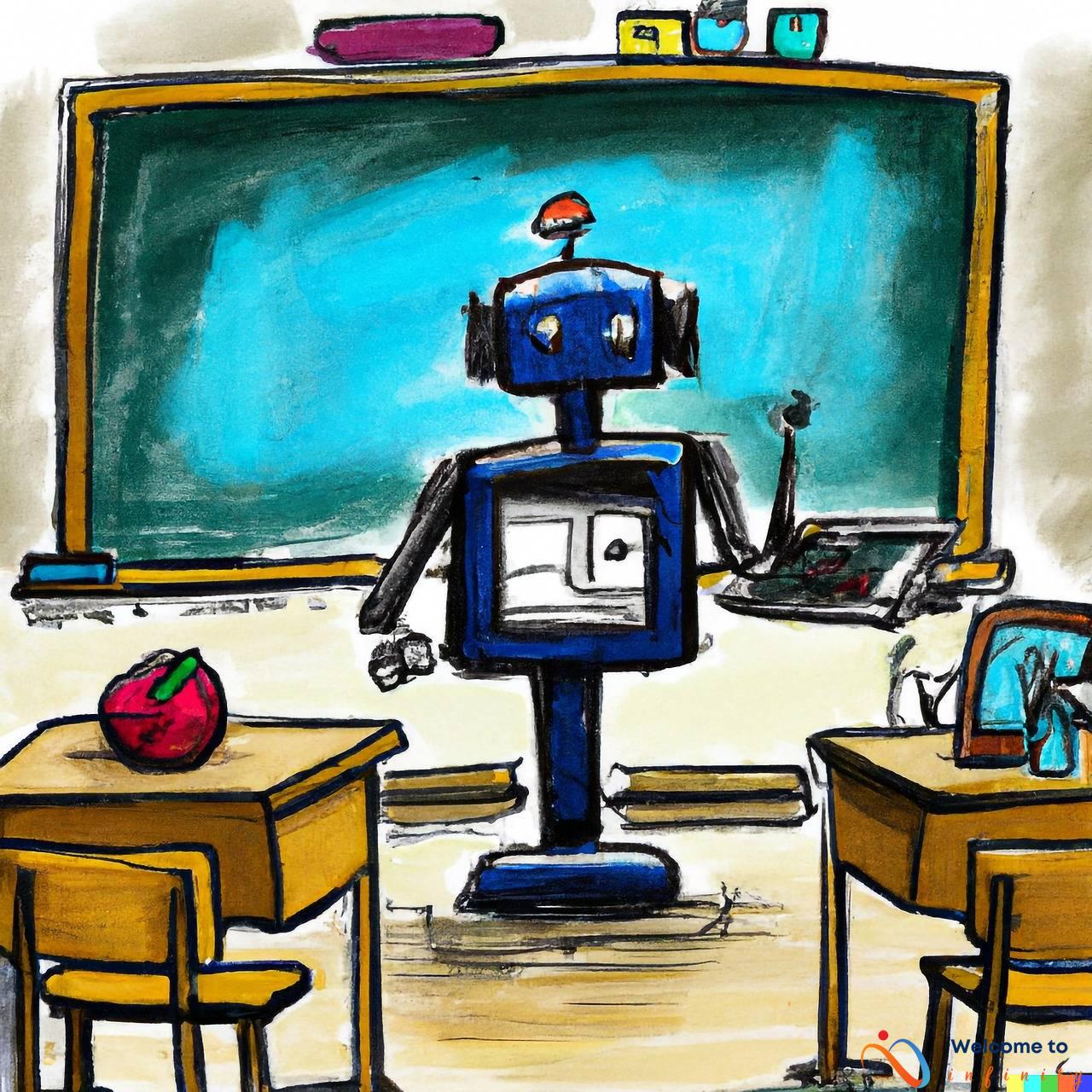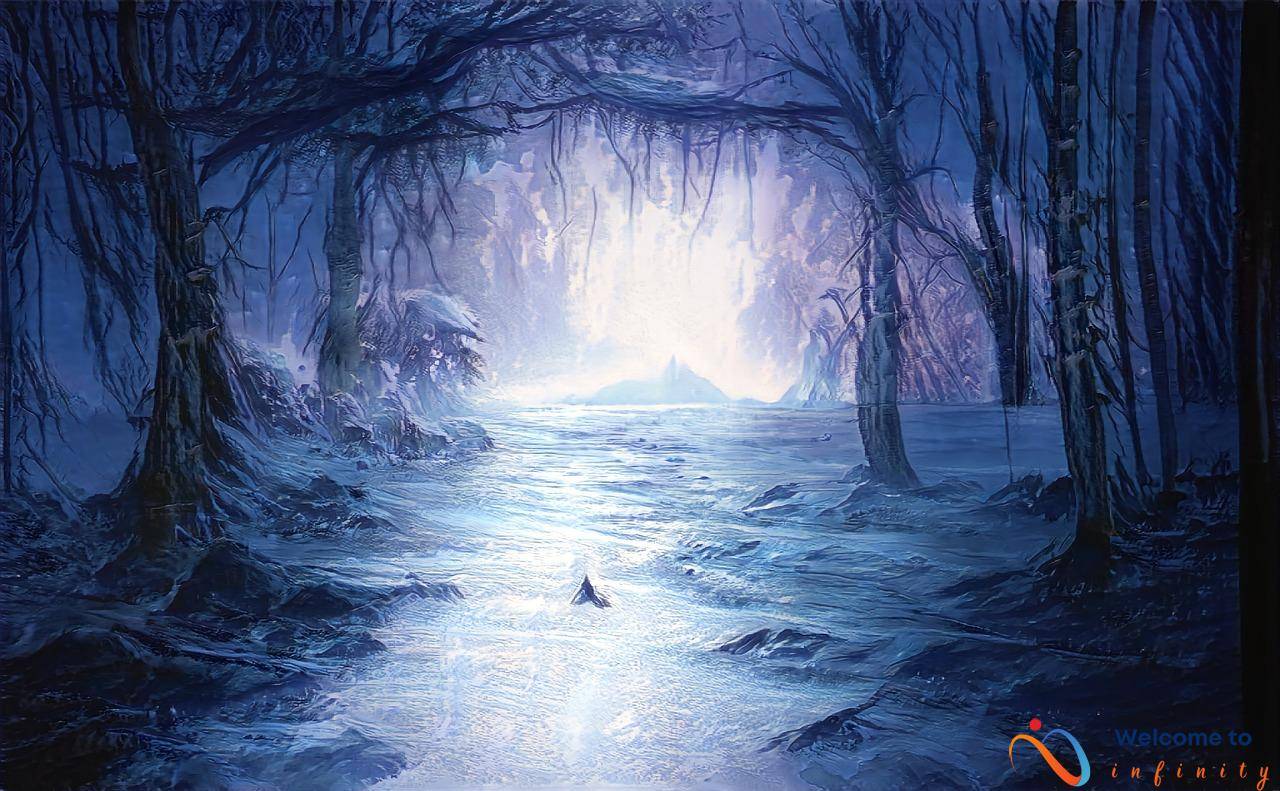Art has always been about pushing beyond boundaries, experimenting, and trying new forms of expression. Now, with the emergence of artificial intelligence (AI) and machine learning, artists have even more opportunities to explore their imaginations and create unique pieces of art that redefine what is possible.
The integration of AI into the art world has opened up exciting possibilities that were once unimaginable. From generating new art styles inspired by historical masterpieces to creating interactive art installations, machine learning has enriched art creation. Its impact cannot be ignored, and its contributions to modern art are already remarkable.
- AI models are learning to translate emotions and aesthetics into the artwork, becoming more intuitive in the process.
- AI-assisted artworks are capable of generating new art forms that are both aesthetic and technical.
- The interactivity of AI-powered installations leaves an even more profound impression on art lovers.
As the possibilities of AI continue to expand, so do its potential for changing the art world. This article will delve into the various ways AI is transforming art and explore some exciting prospects for artists and art lovers alike.
Training AI for Artistic Expression
Art has always been about creativity, imagination, and expression. However, the concept of creativity is elusive, abstract, and challenging to teach to a machine that processes data based on logical rules. The technical aspects of art creation, such as lighting, color, and composition, can be easily taught to an AI system. Still, the development of artistic intuition is not as straightforward as teaching technical skills.
With the emergence of AI, several advancements have been made to allow it to understand art on a much deeper level. Machine learning models are being developed that incorporate style transfer and enable machines to interpret art styles and generate visuals that are influenced by the artist's unique style. Additionally, neural networks can now analyze images, allowing them to understand the relationships between elements such as shapes, colors, and textures, enabling them to create more engaging and visually appealing content.
Through the use of computational creativity, machine learning algorithms are being developed to train AI to think more like humans, imitating our creative processes. Deep learning algorithms, through the use of Generative Adversarial Networks, are being trained on large datasets of images, with the goal of capturing the essence of a particular style accurately.
The results of these advancements have opened up new avenues for art creation, allowing artists to explore their imaginations further. Artists can now train machines to understand their unique style and work alongside them to create new art forms that were previously unimaginable.
Generating Art with AI Assistance
Artists can now rely on AI assistance to create new and unique artworks that are inspired both by historical styles and the digital age. Through machine learning, AI can easily analyze vast amounts of artistic data and generate new works that explore new interpretations of art creation. With this capability, AI-assisted art-making has opened up exciting possibilities for artists and art enthusiasts alike.
One of the benefits of AI-assisted art-making is that artists can use AI as an inspiration tool for generating ideas. They can input metadata into the AI models, such as the style or medium they want to work with, and then let the algorithm generate an array of new ideas. This process enables the artist to explore new creative paths, which could lead to the creation of entirely new art styles.
Another benefit of AI-assisted art-making is the ability to learn from its past. AI can analyze historical art data and learn from it, developing new art forms that are a blend of past and present. Through this, AI-assisted art-making enables artists to remain rooted in tradition while still creating contemporary and innovative masterpieces.
In conclusion, AI-assisted art-making has revolutionized the art industry. With AI's ability to learn, analyze, and create, AI-assisted art-making has opened up a new era of artistic possibilities that we have never seen before. Whether it is for inspiration or to generate entirely new art styles, AI has made it possible for artists to create groundbreaking art that enriches our lives.
Interactive Art with AI
Art installations are no longer just static creations but can now be interactive and responsive thanks to AI. With the use of sensors and machine learning algorithms, art installations can now adapt and respond to their surroundings in real-time, creating a unique and personalized experience for each viewer.
One example of an interactive art installation that uses AI is Rafael Lozano-Hemmer's “Pulse Room.” This installation consists of hundreds of light bulbs that light up when a viewer touches a sensor. As more viewers participate, the installation becomes more vibrant, creating a beautiful and engaging experience for everyone involved.
With the ability to analyze and respond to data in real-time, AI can create interactive art installations that can change and evolve based on the viewer's actions. This not only adds a new level of engagement for viewers, but it also creates endless creative possibilities for artists.
- Imagine an art installation that changes based on the time of day or the weather outside.
- Or an installation that adapts to the viewer's emotions and reacts accordingly.
- Or an installation that creates a new piece of art every time a viewer interacts with it.
The possibilities are endless, and as AI technology continues to advance, we can only imagine what exciting new interactive art experiences will emerge in the future.
The Future of AI-Assisted Art Creation
Artificial intelligence has come a long way in transforming traditional artforms and introducing new styles into the world of art. The advancements in AI during the last few years have shown that the future of AI-assisted art creation holds tremendous potential.
As AI becomes more nuanced and complex, it will allow for greater opportunities to push the boundaries of artistic expression. Artists will have an even wider range of tools to work with, which will open up creative possibilities never before seen.
One of the most promising areas for AI in the art world is the field of interactive art installations. AI-assisted installations can recognize an individual's emotions and respond accordingly, creating a fully immersive experience. This could make the art experience more personal, interactive, and emotionally engaging.
Additionally, AI's ability to learn from massive amounts of data means that artists can draw from an almost infinite well of inspiration. For example, machine learning could be used to augment artist's creations by identifying and suggesting complementary techniques, color schemes, or styles from historical art movements. This could lead to exciting new forms of art that merge multiple styles, techniques, and even cultures.
Looking ahead, AI will continue to provide a limitless source of inspiration for artists. As AI becomes better at understanding complex emotional states and recognizing nuances, it could become a powerful tool for artists exploring new concepts and emotions.
In conclusion, creative AI is still in its early days, and the potential applications in the art world are vast. As with any new technology, there will be challenges to overcome, but the possibilities are incredibly exciting. The intersection of AI and art promises to be a wellspring of innovation, heralding a new era of artistic discovery and expression.


